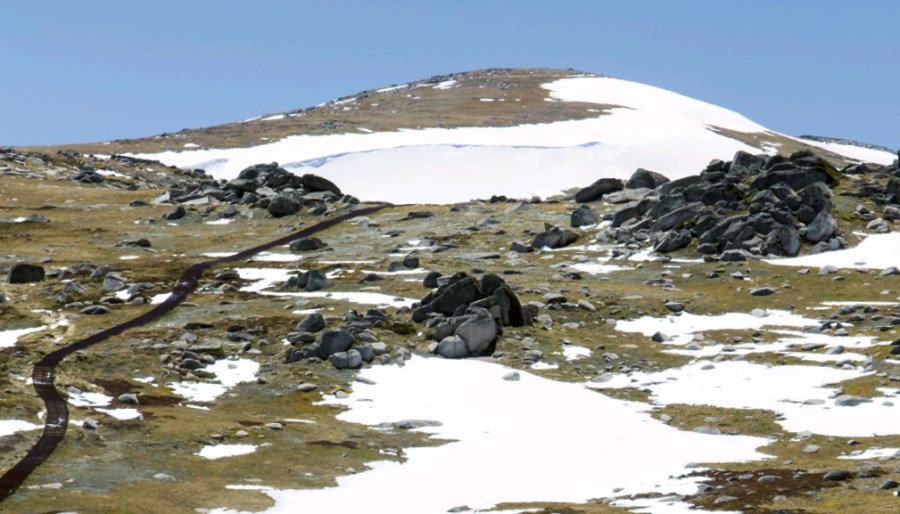Roger Smith explores a curious tale regarding Australia’s highest mountain
The Seven Summits (the highest points on each continent) have become a recognised challenge for climbers and adventurers in recent years. The easiest of the seven is Mount Kosciuszko in Australia. It is just 2228m (7310ft) high and has a road partway up it. There is an easy 8km walk from the roadhead to the top. There is also easy access from another side of the mountain, which has been developed for skiing. The question is – when you get there, which summit are you standing on?
In 1840 the Polish explorer Pawel Edmund Strzelecki became the first Westerner to reach Australia’s highest point (or so he thought). He named the peak in honour of General Tadeusz Kosciuszko (1746-1817), a great Polish hero who for much of his life was involved in Poland’s struggle for independence from Russia. He was an amazing man and also fought in the American Wars of Independence, constructing a string of forts along the Hudson River which contributed to the defeat of the British army at Saratoga. The problem was that at the time of Strzelecki’s ascent, surveying of mountains was not especially accurate.
When the range was resurveyed in the late 19th Century it was found that the peak that Strzelecki had named was in fact lower than its neighbour, Mount Townsend. The Australian authorities were keen to keep Kosciuszko as their highest summit and so in 1892 the names of the two peaks were simply swapped around!
From then on, maps showed Kosciuszko as the highest point with Townsend at 2209m/7247m in second place.
There were inevitably some people who objected to this and a tradition arose that anyone climbing Mt Townsend put a rock on the summit cairn, supposedly to try to regain top spot. The cairn would have to be 20 metres high so this is fairly unlikely. It is now estimated that 100,000 people climb Kosciuszko each year, and this pressure of human passage – in a National Park – led the authorities to place a public toilet at Rawson Pass (2100m/6900ft) where the two approach tracks meet.
When all those people, including the would-be Seven Summiteers, reach the top of Mt Kosciuszko, they probably don’t realise that they are actually standing on what used to be Mt Townsend. But does it matter? Many mountains have two names: Everest/ Chomolungma, Mt McKinley/ Denali and closer to home Blencathra/Saddleback, Ben Arthur/the Cobbler; and in the Skye Cuillin we have peaks such as Sgurr Alasdair that have taken the names of early climbers. But a name-swap is a bit different: it’s like opening your OS map to find that Cairn Gorm had been transposed with Ben Macdui.
You can imagine the furore if anyone tried that today. But it was 124 years ago and there is anyway a growing belief that rather than the easy option of Kosciuszko, Seven Summiteers should climb the highest point in wider Oceania, Puncak Jaya (the Carstensz Pyramid) in Indonesia, which at 4884m (16,024ft) is the highest island mountain in the world. The Pyramid is regarded as technically the most difficult of all the Seven Summits. Oddly enough, until fairly recently it wasn’t the highest point here either. That was Ngga Pulu, which reached over 4900m, but continual glacier melt and erosion have reduced it to below the Pyramid’s height.
Maybe it doesn’t matter whether you are standing on Kosciuszko or Townsend, Blencathra or Saddleback, Ben Arthur or The Cobbler. The story of how Australia’s highest peak took the name of a Polish soldier who never went there, and then swapped its name with its neighbouring summit, is nonetheless an intriguing one.
By Roger Smith







